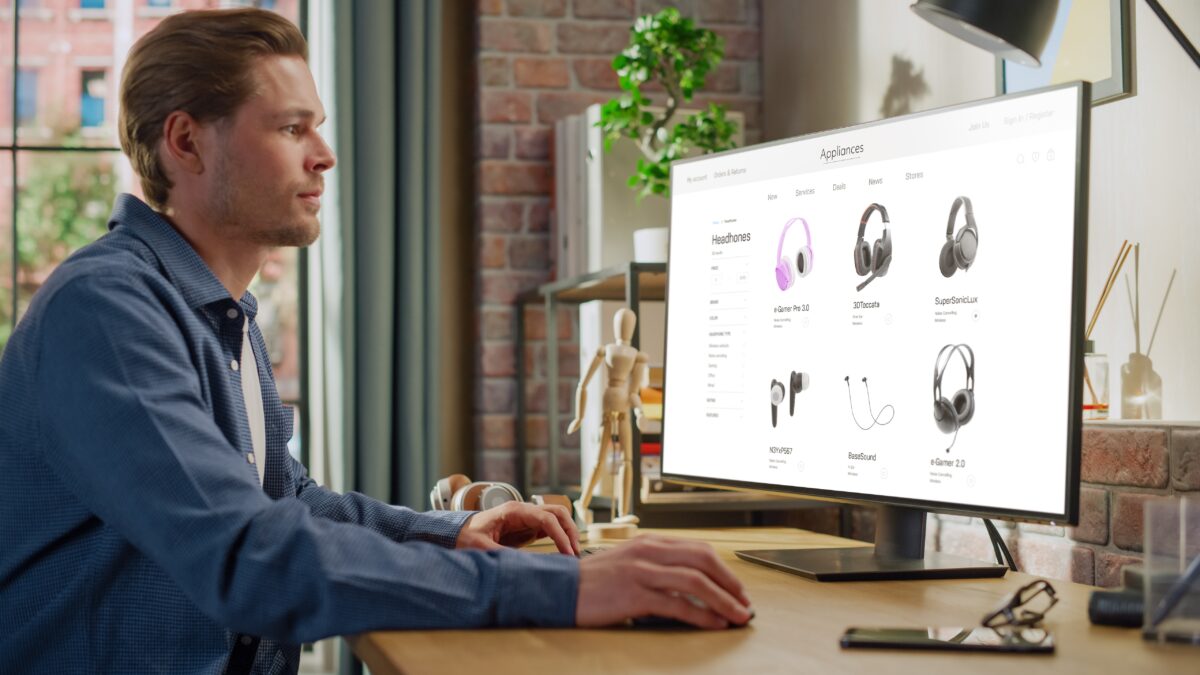Why Retailer-Owned Marketplaces are Taking Over – and What to Watch Out For
The number of retailer-owned third-party marketplaces, in which retailers list products from other sellers within their platform or website, has risen over the past few years. Many big-name retailers now have their own marketplace platforms, including Tesco, Boots, Superdrug, B&Q, and The Range in the UK, as well as Walmart, Target, Home Depot, and Macy’s in the US.
3rd-Party Marketplaces Are Great for Growth
Third-party marketplaces are a great way for retailers to expand the range of their product offerings and can help to drive growth and customer acquisition without taking on the burden of all that new inventory directly. B&Q talk publicly about how the marketplace they launched only a few years ago now accounts for c.40% of their online sales.
Most marketplace sellers are happy to work with big-name brands to tap into a retailer’s audience, putting their product in front of a wider range of people and harnessing the trust and reputation of the retailer who owns the platform to aid acquisition and conversion.
The Biggest Advantages of Third-Party Marketplaces for Retailers
Expanded Product Range: Retailers can expand their product range without investing in additional inventory. This can attract a wider customer base and increase sales potential.
Reduced Operational Costs: Retailers can save on costs associated with warehousing, shipping, and customer service, as the third-party sellers handle these aspects.
Lower Financial Risk: Since retailers don’t own the inventory, they are less exposed to the risk of unsold products and potential losses.
Data Insights: A marketplace offers customer behavior and purchasing insights for new products, user journeys and general customer experience, helping retailers to make strategic decisions in these areas.
Improved Customer Experience: A wider range of products can enhance customers’ overall shopping experience, increasing customer satisfaction, loyalty and lifetime value.
There Are Still Challenges, However
Managing third-party marketplaces is not without its pitfalls. Customers will come because they trust the brand, but that also means every third-party seller is now a brand custodian to some degree. There are ways to introduce some separation– clearly labelling products provided by third parties is an obvious one – but the buck stops with the marketplace brand ultimately.
This means controlling who can sell on your marketplace, as well as setting and policing high standards of customer service and product quality, is essential for the long-term health of both the marketplace and the value of your brand as a whole.
In addition to the brand-level issue, returns can become a tricky problem in the marketplace context. If customers buy from a marketplace that has a retailer’s branding on it, they’ll expect to be able to return items to the retailer’s store.
That’s fine from the customer’s perspective but leaves the retailer saddled with items it likely does not usually stock, in stores that may be far from where the item originated, and with a third-party seller needing that stock to be returned to them somehow, having issued a refund to the customer. Even with clear return policies that state that customers should contact the marketplace seller for marketplace returns, there will still be some cases where customers aren’t aware that they’ve purchased a third-party item and try to go through the default returns process for the retailer.
In these cases, the best-case scenario is a frustrating customer experience where the retailer’s returns journey refuses to accept the return. The worst case is marketplace inventory becoming mixed up with the retailer’s own, causing unnecessary operational headaches and requiring the retailer to make good with the marketplace sellers.
So how to avoid these return-related pitfalls? Find out how to get the best of marketplace growth, without the logistical headaches, in our next piece on marketplaces! Or, read our new Marketplace Returns ebook today.

